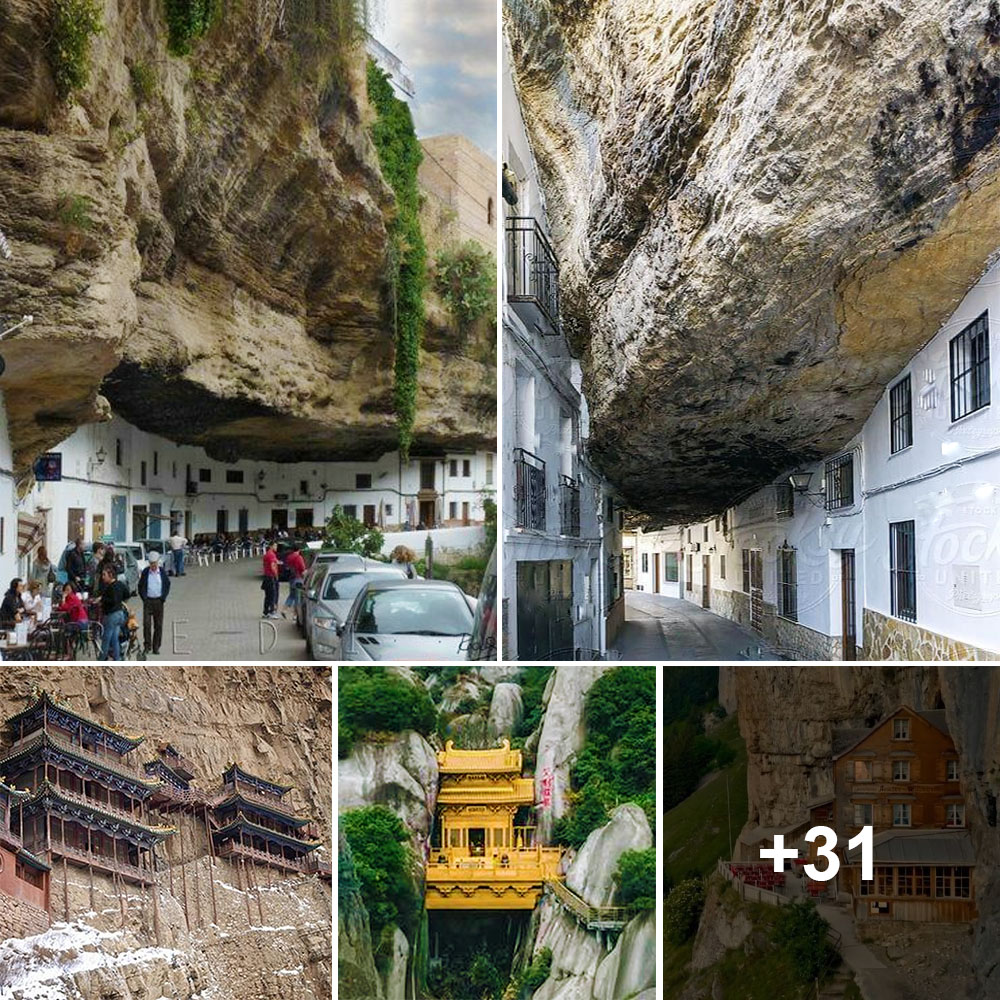Norway’s coastal road from the town of Stiklestad to the Arctic city of Bodø is a 670km journey between two very different worlds. It’s also one of the most beautiful road trips on the planet.
At one end is the quiet sophistication of central Norway, with its perfectly manicured meadows and oxblood-red wooden cabins. At the other is the spare, serene beauty of the north: a world of glaciers, ice-bound mountains and empty, far horizons. Connecting the two, the Kystriksveien – a route also known as the Coastal Way or Fv17 – charts a sinuous path along the coast, bucking and weaving along rugged contours all the way to the Arctic.
The Scandinavian nation is blessed with one of the most beautiful yet difficult stretches of coast in Europe. Seeming to wrap itself around the country like a protective shield from the freezing Arctic, Norway’s coastline appears to have shattered under the strain, riven as it is with islands and fjords cutting deep fissures inland. Along such a coast, it seems impossible that a road should exist here at all. In short, it seems like a miracle.
It was perhaps appropriate, therefore, that my road trip began, like so many European journeys, at a place of ancient pilgrimage.

The Kystriksveien runs for 670km along the beautiful Nordland coastline (Credit: Reinhard Pantke/Getty Images)
Stiklestad is where the story of modern Norway began. It was here, in 1030, that the Christian King Olav Haraldsson was killed by a Viking army. Despite his apparent defeat, Olav and his death became the rallying cry for the spread of Christianity and a turning point in the struggle for a unified Norway, with the battle marking the beginning of the end for Viking Norway and its feuding chiefs. In 1164, Pope Alexander III confirmed Olav’s sainthood, and the site of the battle – along with Trondheim’s cathedral, where Olav’s tomb remains – has been a place of pilgrimage ever since.
Stiklestad was a fitting place for me to begin my journey, because the Kystriksveien that unfurls away to the north also goes to the heart of how Norwegians see themselves and their nation.
Few, if any, countries in Europe overcame such formidable challenges as Norway in settling the land within their borders. Where Norway’s leaders through the centuries used the story of Stiklestad to unify the country – building a strong national identity around the narrative of a united, independent and Christian country that had left behind its medieval past – its road builders and pioneers later stared down a forbidding Arctic and sub-Arctic climate and the challenges posed by a beautiful, but inhospitable terrain to chisel out routes like the Kystriksveien.
“We won the land” is something of a national mantra. Museums across the country construct exhibitions around the phrase, telling how Norway was tamed and made habitable. “If Mount Everest was in Norway,” Stiklestad historian Mette Larsen told me, “We would have built a road to the summit.”

Torghatten looms over the route, easily recognised due to its distinctive hole (Credit: Dag Sundberg/Getty Images)
At first, it was difficult to imagine what she meant. As I drove north from Stiklestad, the gentle, rural road hugged the water’s edge to the provincial town of Steinkjer. Beyond Steinkjer, where Norway narrowed and headed for the Arctic, the Kystriksveien cut across an increasingly bare and sparsely inhabited land.
However, as the country turned wilder and signs of human presence receded, it quickly became clear that to build any roads along this fractured coastline was surely a triumph of human ingenuity and perseverance.
“In Norway, if there is an obstacle, like a mountain or a body of water, we build a road over it or around it, a bridge across it or a tunnel under it,” said Larsen. “We have the longest road tunnels in the world. We build roads in places that others think are impossible. And where we can’t build a tunnel, we send a ferry.”
Back in the mid-20th Century, Larsen told me, road-building projects were about building character as much as they were about building a nation. In 1939, unemployed youth were put to work constructing the 108km Sognefjellet road across the roof of Norway and through what is now Jotunheimen National Park. A few years later, in the 1940s, nearly 150,000 prisoners and the unemployed were given the no-less-challenging task of taming the coastline with the Kystriksveien.
Some of the obstacles they faced soon became apparent. Not long before the town of Brønnøysund, where brightly painted wooden houses watched over waters that lapped at the city centre, stark rocky outcrops blocked the road’s path, forcing it to find another route. Just off the coast, one such outcrop, Torghatten, rose from an island shore. It resembled nothing more than a hunched troll, frozen in stone and watching over the town. When the clouds rolled in, it loomed in and out of view, as if playing hide and seek.

Helgeland Bridge, which opened in 1991, connects Alstahaug and Leirfjord in Nordland (Credit: Anthony Ham)
Beyond Brønnøysund, I drove through an elemental landscape of rock and ice, water and hills. The road climbed higher with each passing kilometre and the land seemed increasingly beset with drama all the way into the small town of Sandnessjøen. Whereas Brønnøysund was marked by a single, troll-like reminder of the spirit world, Sandnessjøen went seven better: local legend has it that the seven summits of the Syv Søstre (Seven Sisters mountain peaks), which range from 910m to 1,072m, are female trolls suffering eternal punishment.
Stories such as these are as Norwegian as their can-do passion for building impossible roads. “We like to work hard,” Larsen told me. “But we also like to tell stories. Look at the landscape you’re travelling through. How could you not believe in trolls and fairies and mysteries? These are the stories we tell our children, but most of us end up believing them.”
It was difficult to tell whether she was joking.
The road continued north, crossing Helgelandsbrua (the Helgeland Bridge), which made possible in five minutes what would otherwise involve an hour-long detour. Mountains, snow-capped until well into summer, rose all around. Although I had not yet entered the Arctic, the road meandered across high plateaus denuded of trees, evoking the Arctic in all but geography. Then it descended to the shores of lakes and harbours and fjords. Water was everywhere.
At the tiny village of Låvong, the road stopped at the water’s edge. There was no bridge and it was impossible to see where it continued on the far side. No tunnel smoothed the way forward. I joined the long line of cars and waited for the ferry.

The Kystriksveien passes a WW2 coastal artillery battery at Grønsvik (Credit: Westend61/Getty Images)
I got talking to Joost and Anneke Visser, Dutch campervanners who were driving the Kystriksveien for the fifth time. (Although you can drive the Kystriksveien year-round, it’s at its best, and busiest, in summer.) “The first time we came, we couldn’t believe how beautiful it was,” said Joost. “Now we don’t feel like it’s summer unless we come and drive this road.”
“It’s the most spectacular coast in Europe,” agreed Anneke. “Joost didn’t want to come the first time. Now he’s the one who can’t get enough of it. And he’s right. Every time we drive this road, we discover something new.”
Like all Norwegian ferries, the boat arrived in its own time and was loaded and unloaded with characteristic Scandinavian efficiency. On the far side, at Nesna, another tiny Norwegian village, the road hugged the shoreline of fjords, never more than a few metres from the water’s edge, passing stilted cabins and stone fences, as if tracing in outline the outermost perimeter of the northern European mainland.
Beyond the quiet little town of Stokkvågen, the Kystriksveien passed a World War Two-era fort at Grønsvik. In places, it felt as if there were nowhere for the road to go, its onward path blocked by a sheer mountain wall or a water-filled horizon. But every time, occasionally at the last minute, I discovered that the road builders of Norway had found a solution that carried me further north into a horizon filled with mountains.
At one point in the journey, on the cusp of the true Arctic, I pulled over to the side of the road. Steep mountains crowded the shore. The North Sea was a deep and perfect blue. And offshore, craggy islands rose from the ocean like the last stops on a journey out towards the very ends of the Earth.

The Saltstraumen maelstrom is the world’s strongest tidal current, churning with 400 million cubic metres of water every six hours (Credit: Morten Falch Sortland/Getty Images)
On the hour-long Kilboghamn-Jektvik ferry, the route crossed a fjord that felt like open ocean, the far horizon filling with jagged ridges, one after the other, as far as the eye could see. Norway’s favourite literary son, Henrik Ibsen, once described Norway’s high country as “palace piled upon palace”. Here more than ever, I knew what he meant.
Sometime after leaving Kilboghamn, but before the ferry arrived at Jektvik, I crossed the Arctic Circle. To the north of this line, on 21 December, the day’s shortest year, the sun will not rise; on 21 June, it will not set.
Each of the six ferry journeys along the route felt like a rite of passage, none more so than the crossing of the Arctic Circle. A line on the map shouldn’t make a difference, but here the mountains seemed even higher, the ice a deeper shade of blue. There was a certain gravitas too, in the knowledge that the vast Svartisen icecap, one of mainland Norway’s largest, lay hidden from view just beyond the wall of mountains. Glacier tongues swept steeply down from the heights to the shores of cobalt-blue fjords that were themselves carved by glaciers in aeons past; some of the fjords here are more than 1km deep.
The wildly beautiful drive was nearly done. Traffic and noise and roadside buildings gathered on the final approach to Bodø. But one more surprise lay in wait: Saltstraumen, the largest tidal maelstrom on the planet. Looking for all the world like a horizontal waterfall, the 3km-long, 150m-wide Saltstraumen Strait churns with 400 million cubic metres of water every six hours. At its strongest, it resembles a series of giant whirlpools that threatens to suck everything down into unseen depths below the surface of the Earth. This being Norway, there is a bridge over it, and looking down on the surging waters from above, it was hard not to feel a sense of vertigo.
It was almost too much drama for one trip, too much beauty to take in, too much wonder to absorb. Not for the first time, I understood why Joost and Anneke return to drive the Kystriksveien over and over again. I already knew that once was never going to be enough.
The Open Road is a celebration of the world’s most remarkable highways and byways, and a reminder that some of the greatest travel adventures happen via wheels.





